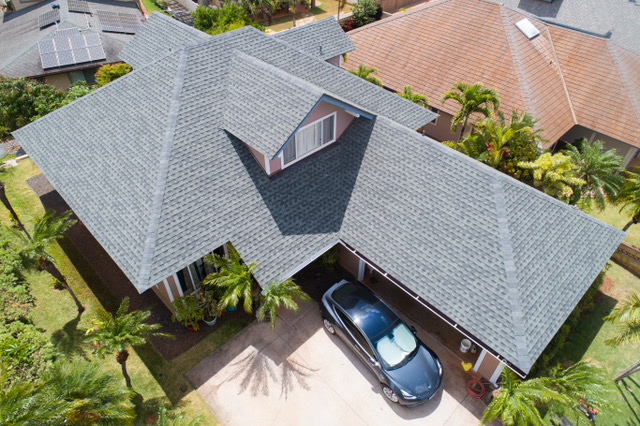The first step in the residential roofing process is to remove any existing roofing material. This may include shingles, tiles, or metal panels. Once the old roofing material is removed, the underlying decking will be inspected for any damage. If necessary, damaged decking will be replaced.
The next step is to install a new underlayment. This layer of protection helps to prevent leaks and other moisture damage. Once the underlayment is in place, new shingles, tiles, or metal panels can be installed. The type of roofing material you choose will depend on your budget and personal preferences.
Once the new roofing material is in place, the final step is to install flashing around any areas where there is potential for water leakage. This may include around chimneys, skylights, or vent pipes. A properly installed flashing system will help to ensure that your new roof lasts for many years to come. Click here to know more about roofing.

Image Source:Google
Residential Roof Repair
Are you a homeowner with a residential roof in need of repair? If so, you're not alone. Many homeowners face the challenge of maintaining and repairing their roofs, especially after severe weather.
There are a few things you should know before beginning any roof repair project:
1. First, assess the damage. If your roof has been damaged by severe weather, it's important to have a professional inspect it to determine the extent of the damage before beginning repairs.
2. Second, be sure to choose a reputable contractor. When selecting a contractor, be sure to check references and reviews to ensure you're choosing someone with experience and who will do a good job.